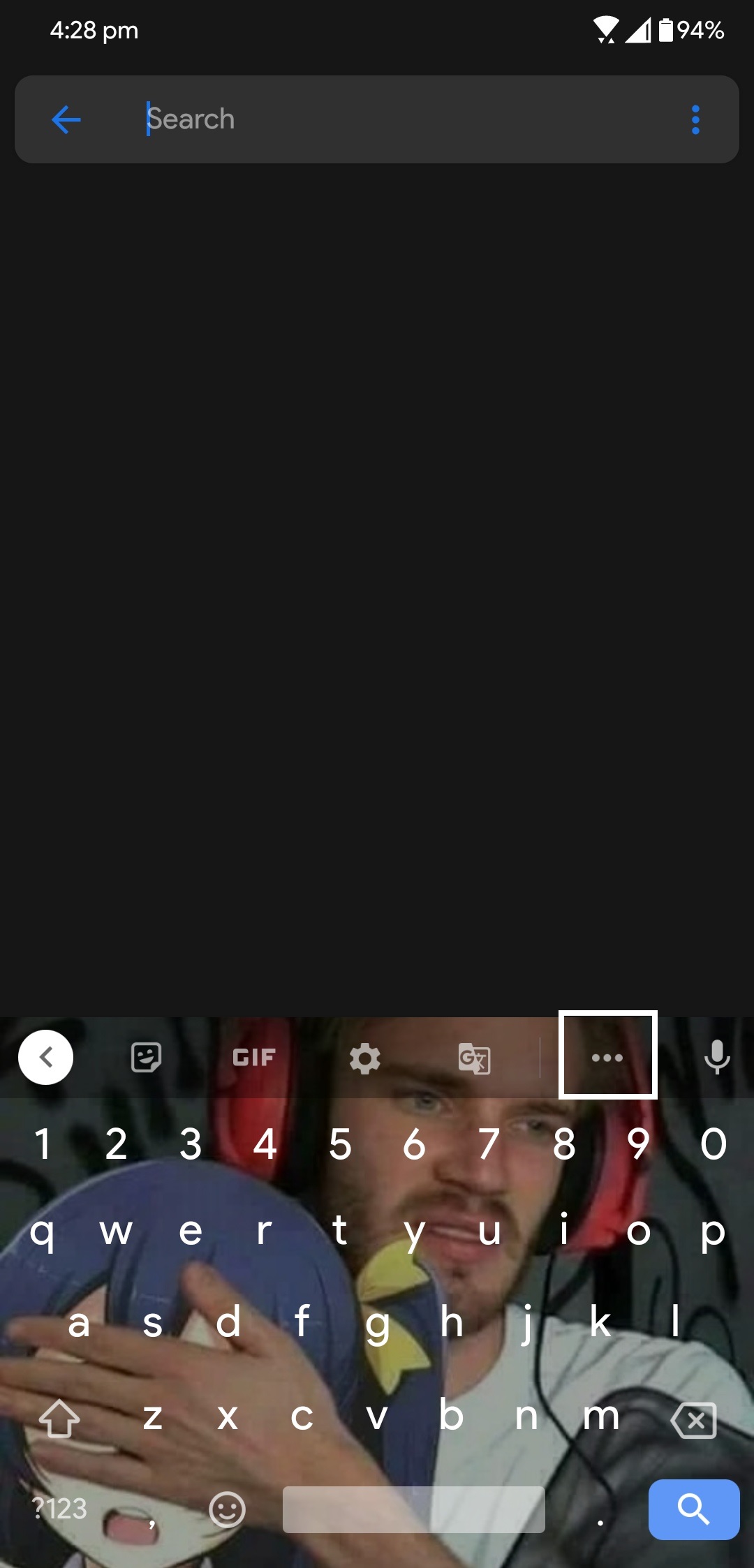
For example to read an image data that was previously copied to the clipboard: const img = document. The Clipboard API also provides a distinct read() method, which is used to read arbitrary data rather than plain text, and it works similarly to the previous readText() function, but can read arbitrary data. Quick preview of all snippets on your Clipboard for easy access. Note that this cuts, rather than copies, the text. To paste it in its new location, use Control + Y.
#Accessing the text clipboard how to#
Remove unwanted formatting from copied text for a consistent look. Here’s how to open clipboard that is called hidden secondary clipboard on Mac: select any text and then Control + K to cut it. This does assume that the richTextInputId element supports rich text itself. Instantly access your clipboard on all your devices. This will bring up the floating clipboard manager. Once you’re ready to pasteor you just want to take a peek at the clipboardsimply press the Search/Launcher key+v. The whole process can be simplified down to a button (or other element) that triggers the code! You could also do this on the page load, but it's generally advisable to be conservative when it comes to interfacing automatically with the user and performing actions that affect their local machine (like adding something to the clipboard): Copy function copyToClipboard( ) ) Īwait () The clipboard manager can be opened anywhere, but if you want to paste something, you’ll need to actually be in a text box or somewhere that can accept a pasted item.

Note: Unless you're on localhost, the new Clipboard API will only work if your website is hosted over a secure domain ( HTTPS).


 0 kommentar(er)
0 kommentar(er)
